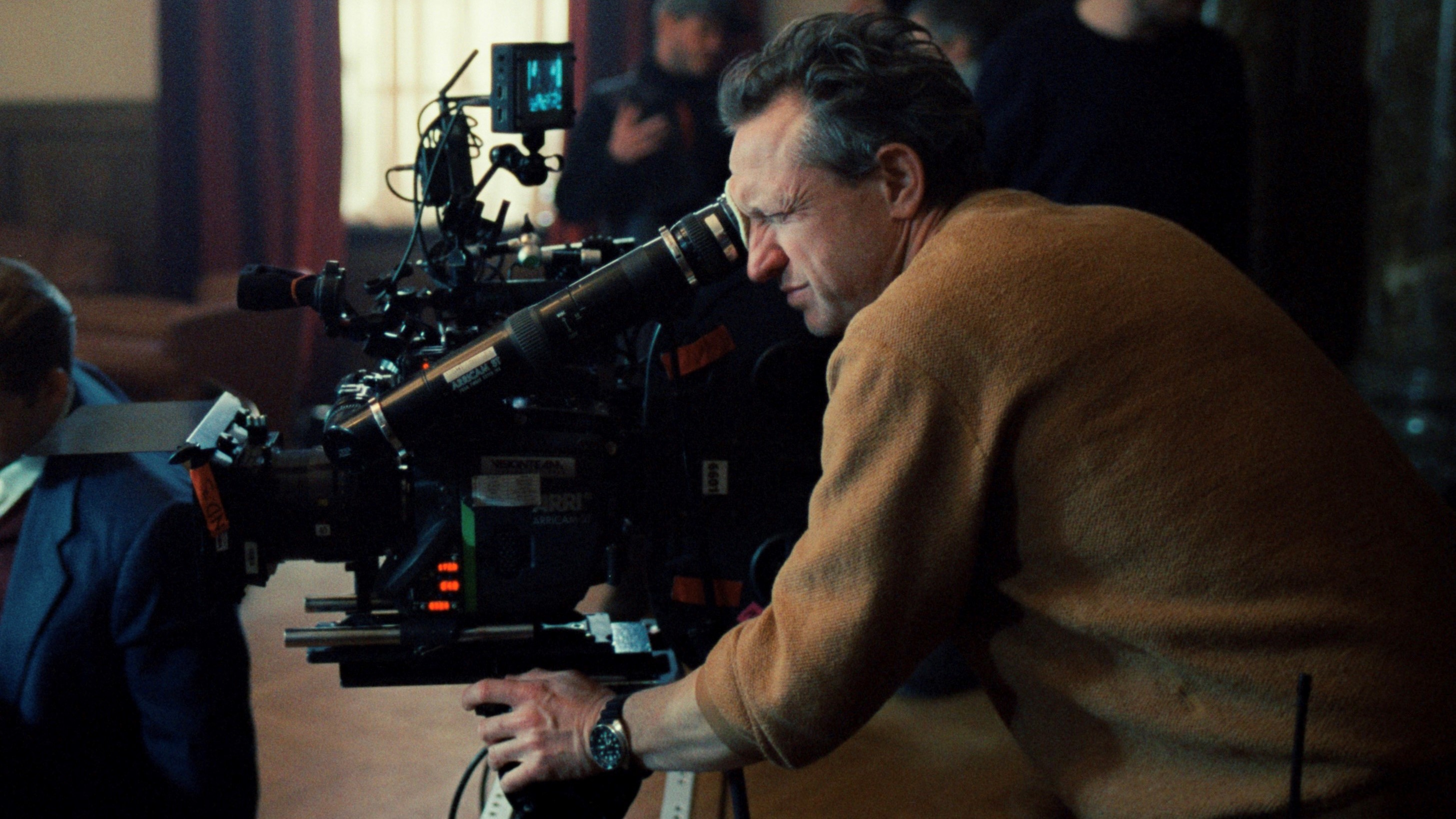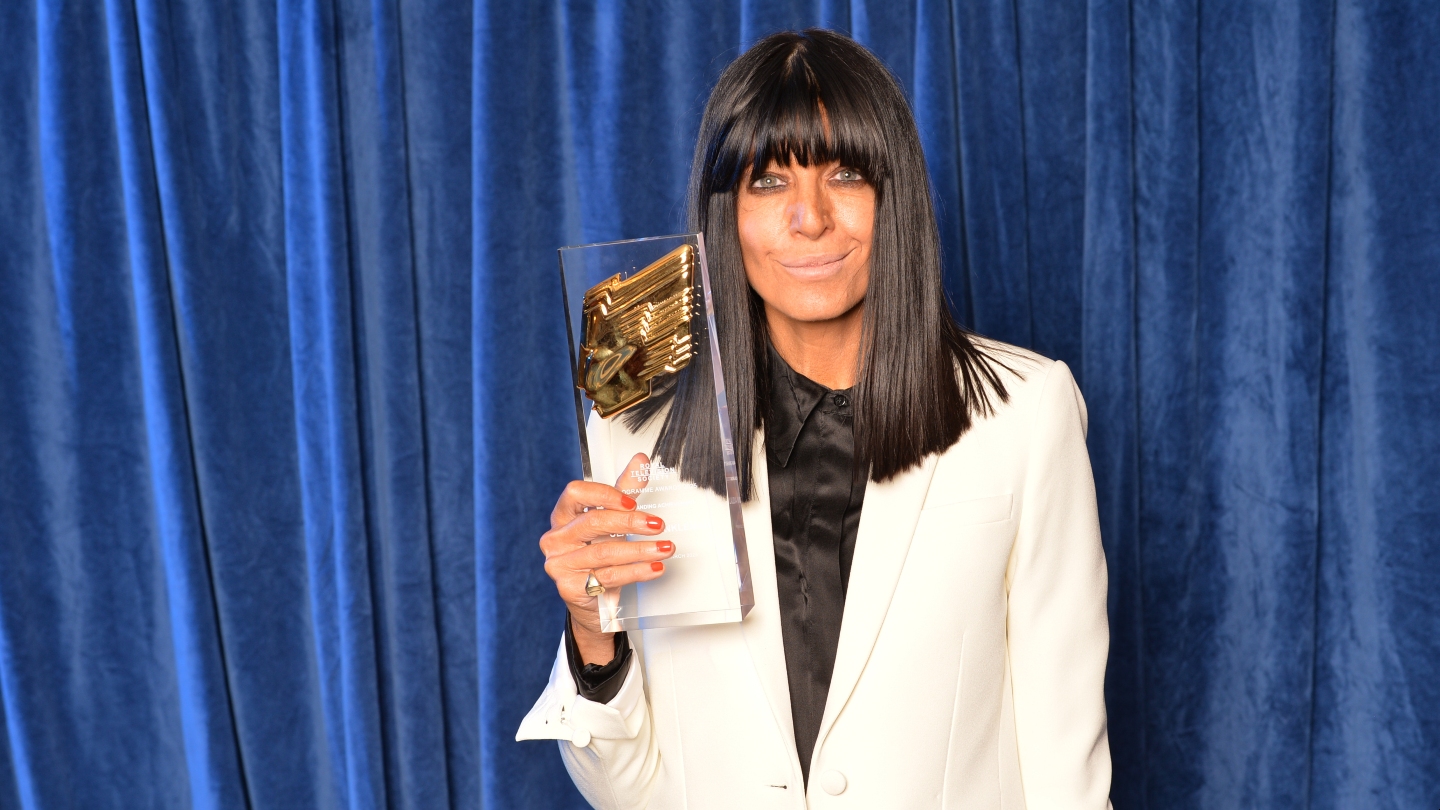Paul Cameron is a distinguished cinematographer who is now making a move into the director’s chair. IBC365 spoke to him about his latest project, Special Ops: Lioness, a military drama for showrunner Taylor Sheridan.
As cinematographer, Paul Cameron ASC, has helped lay the template for the look of modern action films. Collaborations with accomplished directors include: Tony Scott (Man on Fire, Déjà Vu), Len Wiseman (Total Recall), and Dominic Sena (Swordfish, Gone in Sixty Seconds) among others. His cinematography for director Michael Mann’s Collateral (2004) was one of the first major studio films to embrace digital cinematography.
Now he has moved into the director’s chair, helming two episodes of Special Ops: Lioness, the latest series from acclaimed writer/showrunner Taylor Sheridan, starring Zoe Saldana, Nicole Kidman, Michael Kelly and Morgan Freeman.
“After shooting a lot of movies with A list talent I am used to being around high-end actors and functioning in a high-end way,” Cameron told IBC365. “On some films where I’ve been a DP there’s often been more communication between myself and the actors then they had with the director. So, I feel comfortable speaking with actors about performance.”
He said he learned about...
You are not signed in.
Only registered users can view this article.

Behind the scenes: Squid Game 2
The glossy, candy-coloured design of Squid Game is a huge part of its appeal luring players and audiences alike into a greater heart of darkness.

Behind the scenes: Adolescence
Shooting each episode in a single take is no gimmick but additive to the intensity of Netflix’s latest hard-hitting drama. IBC365 speaks with creator Stephen Graham and director Philip Barantini.

Behind the scenes: Editing Sugar Babies and By Design in Premiere
The editors of theatrical drama By Design and documentary Sugar Babies share details of their work and editing preferences with IBC365.

Behind the scenes: A Complete Unknown
All the talk will be about the remarkable lead performance but creating an environment for Timothee Chalamet to shine is as much down to the subtle camera, nuanced lighting and family on-set atmosphere that DP Phedon Papamichael achieves with regular directing partner James Mangold.

Behind the scenes: The Brutalist
Cinematographer Lol Crawley finds the monumental visual language to capture an artform that is essentially static.





